Abram Games was born in Whitechapel, London in 1914. His father, Joseph, was a photographer who taught him the art of colouring by airbrush. 

Games attended Hackney Downs School before dropping out of Saint Martin’s School of Art after two terms. His design skills were mainly self-taught by working as his father’s assistant. 
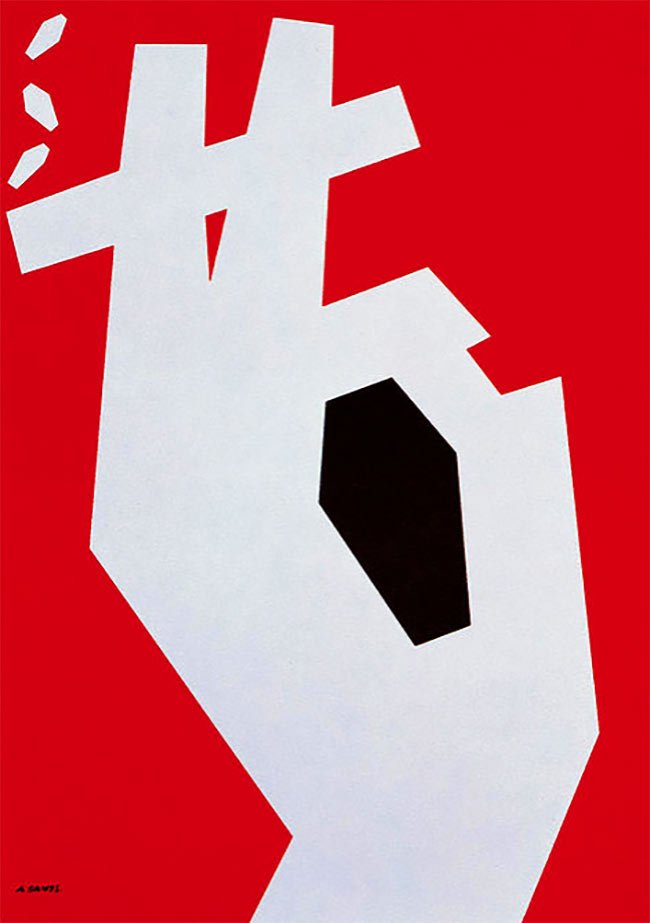
In 1932 Games began working for the commercial art agency Askew Younge, whilst also building up an impressive portfolio of his own clients which eventually included Shell, London Transport, and the Financial Times. 
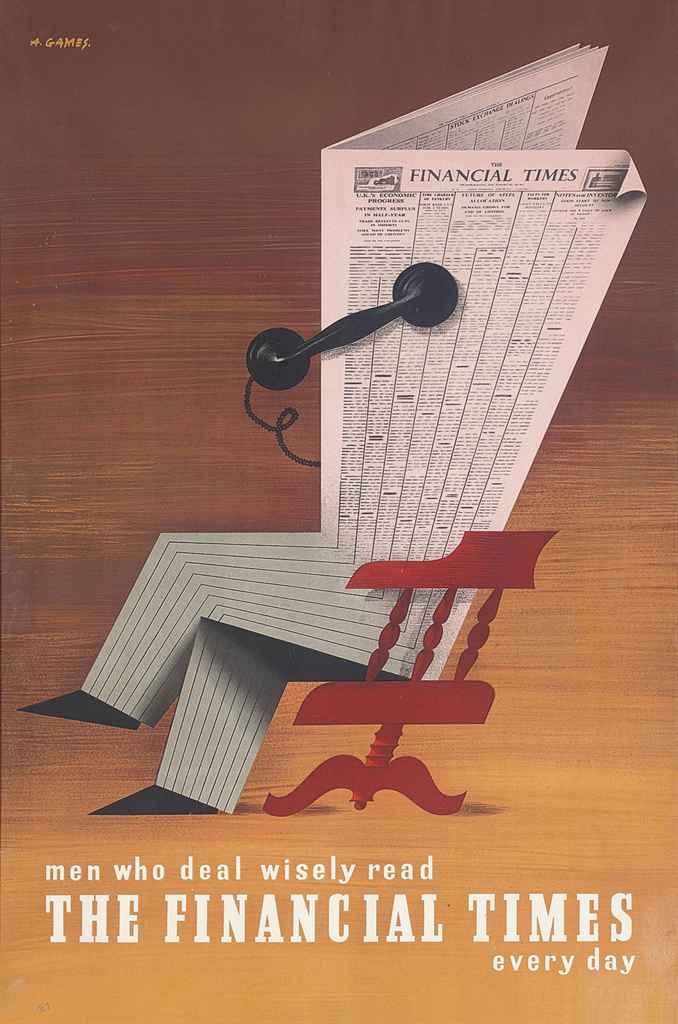
Games joined the infantry in World War 2 but in 1941 he was moved to the Public Relations Department of the War Office to work on recruitment posters. In 1942 he became an Official War Artist for posters. 
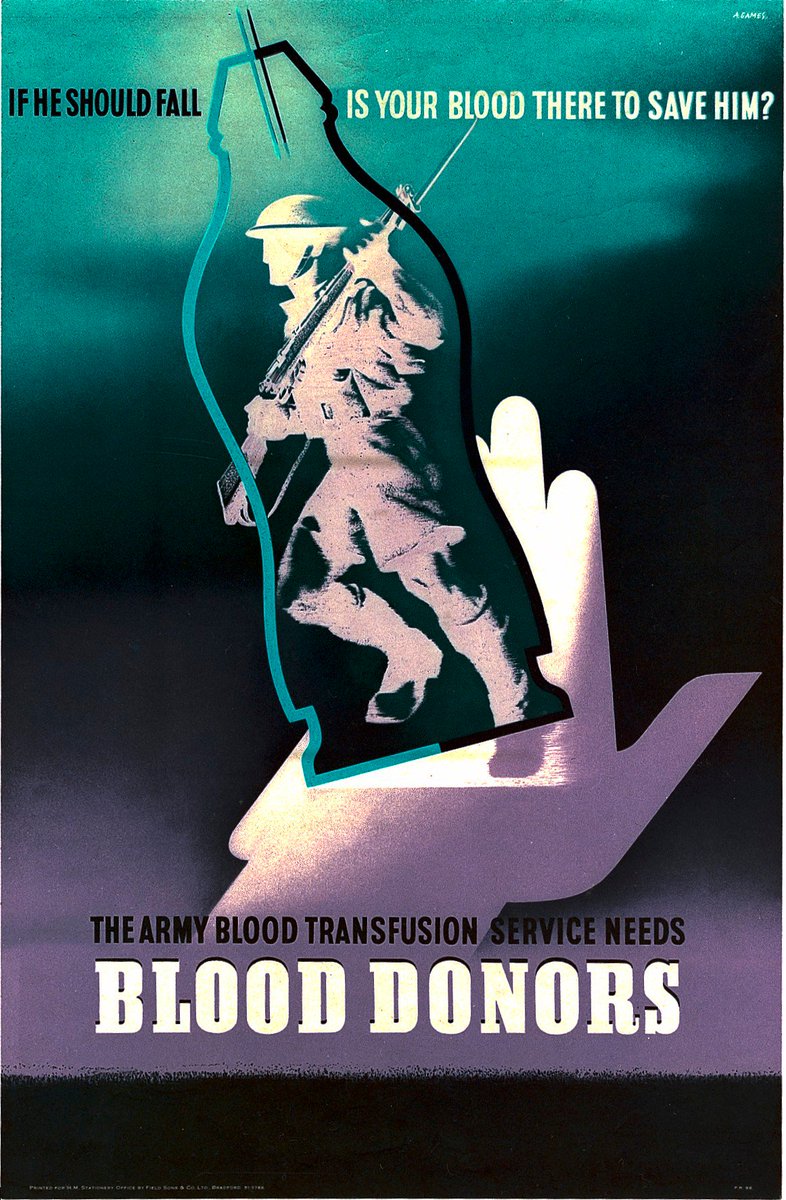
Game's motto for poster design was 'maximum meaning using minimum means' through a concise and engaging blend of image, colour and text. 
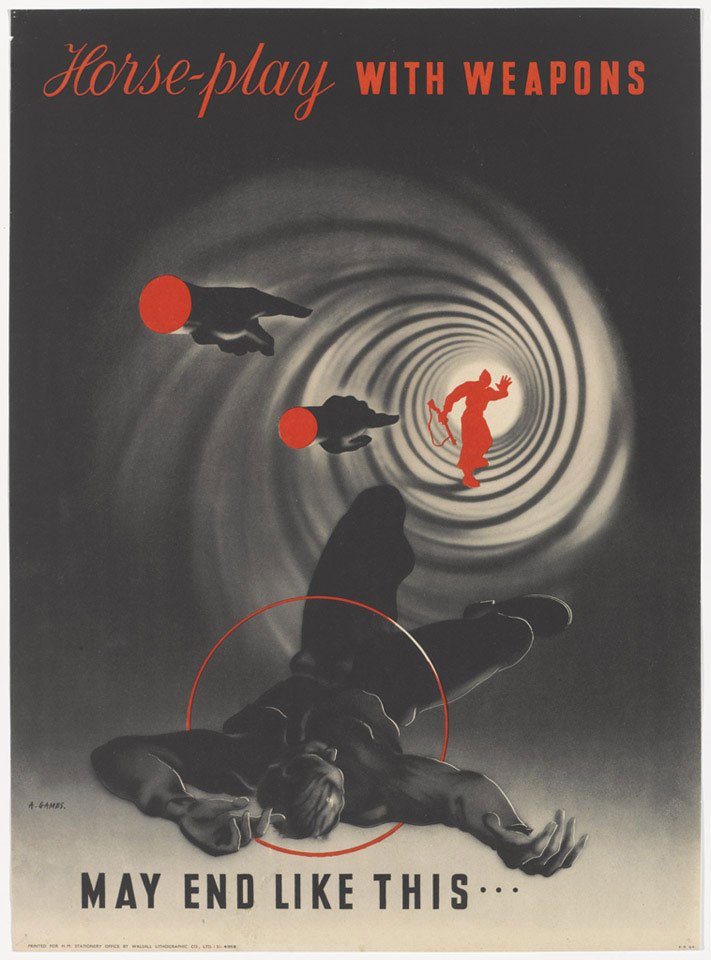
Many of Games' designs are visual puns with multiple layers of meaning. Games believed "A poster with a measure of intrigue engages the mind of the spectator and he looks again." 
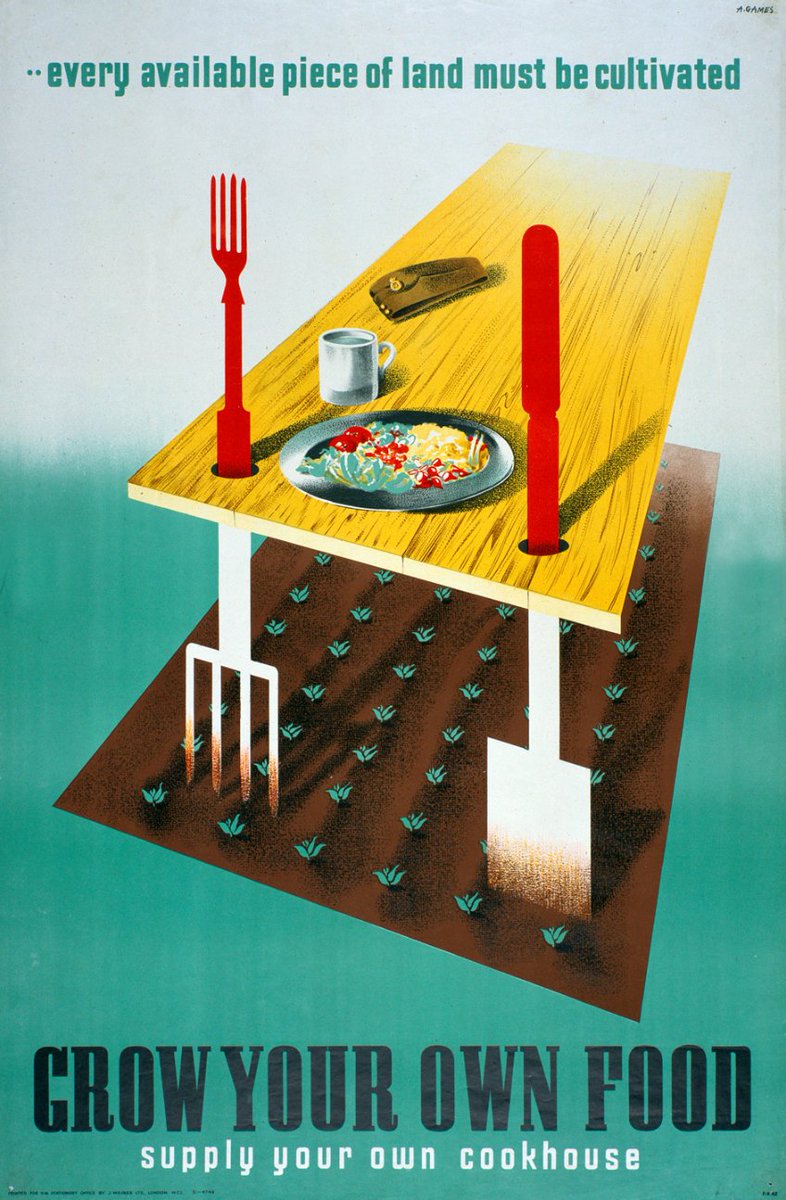
Games had an intuitive ability to edit images and text in ways that would maximize the impact of their message. His work also showed his interest in the ideas and techniques of surrealism as a way to capture attention. 
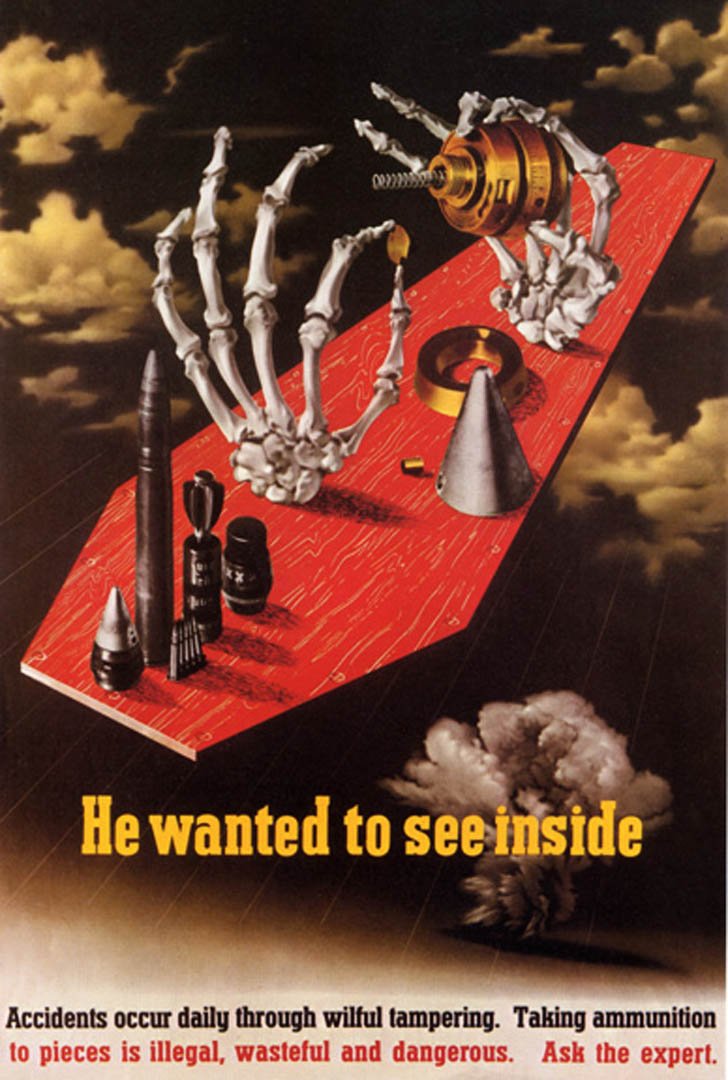
His posters could be controversial: a 1941 recruitment poster for the ATS was debated in parliament and later withdrawn for looking like "A beauty product advertisement." 
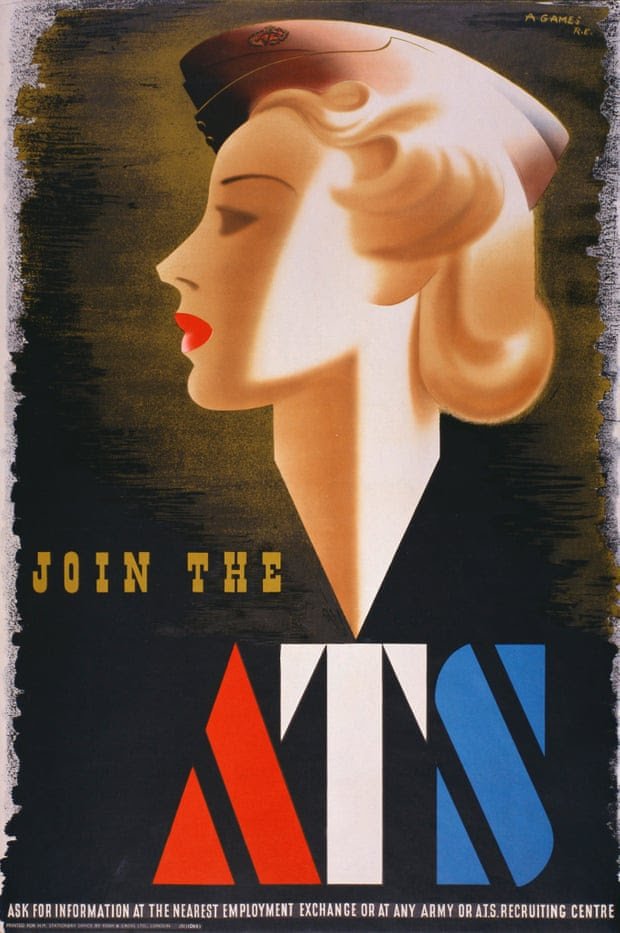
In the post-war period Abram Games designed the London 1948 Olympics stamp and the 1951 emblem for the Festival of Britain. He also conceived the first BBC moving ident in 1953. 
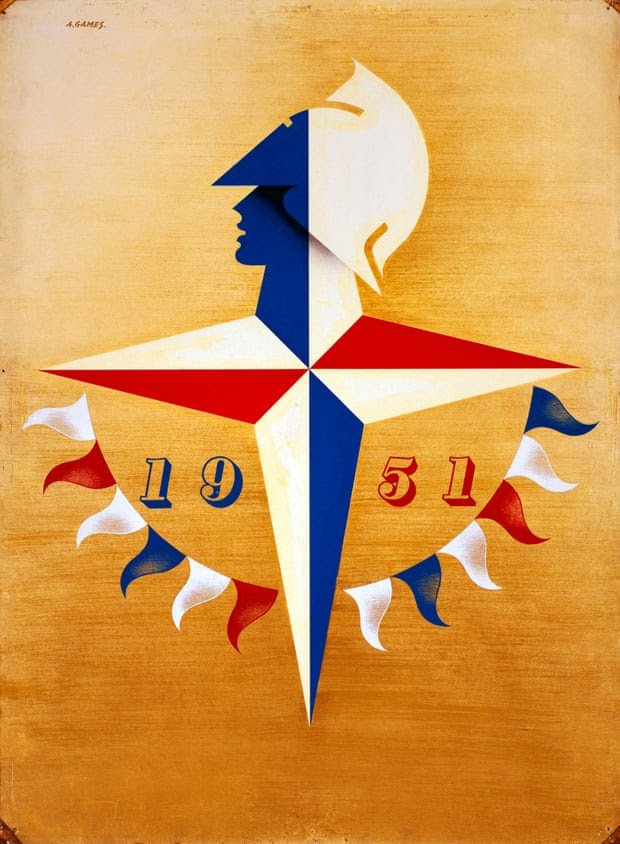
Abram Games was also invited by Allen Lane in 1956 to select and commission colour illustrations for Penguin Books, as part of an experiment with new design ideas for their fiction range. 
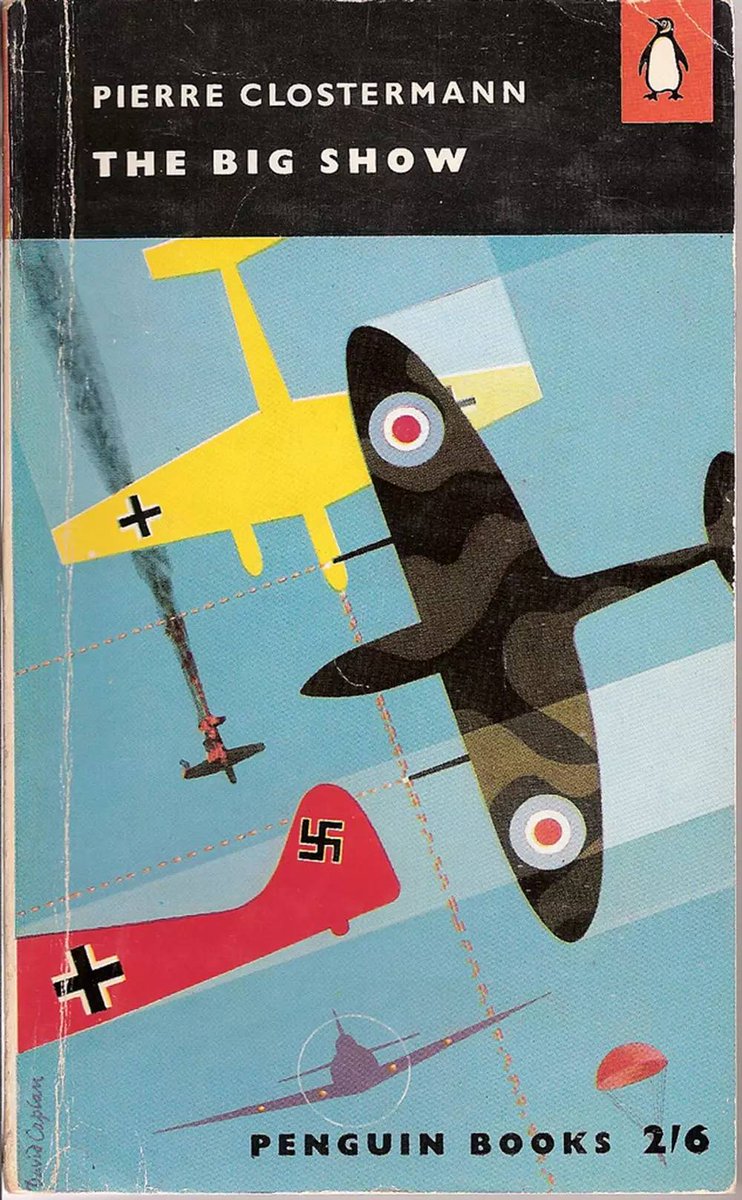
Games’ hand painted and airbrushed poster are rightly famous as examples of modernist design in practice. “I wanted to create posters with forceful compact design" he once said, "memorable and direct, with a minimum of lettering and text." 
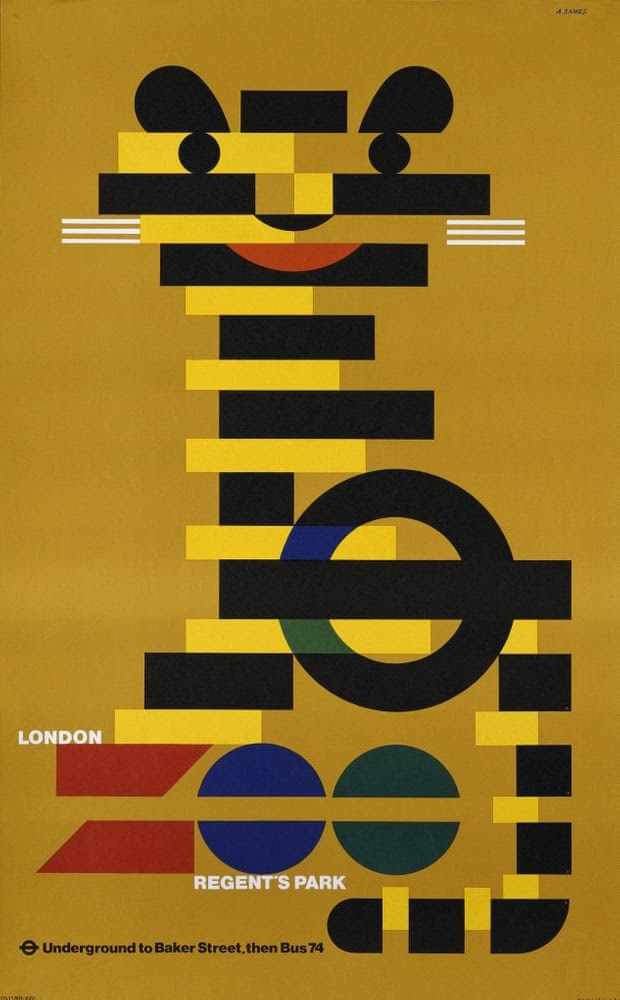
Abram Games believed strongly in creative individuality, and his work truly stands the test of time. There are many books available about his work, so do take time to look at a few if you want to know more.
More posters another time...
More posters another time...
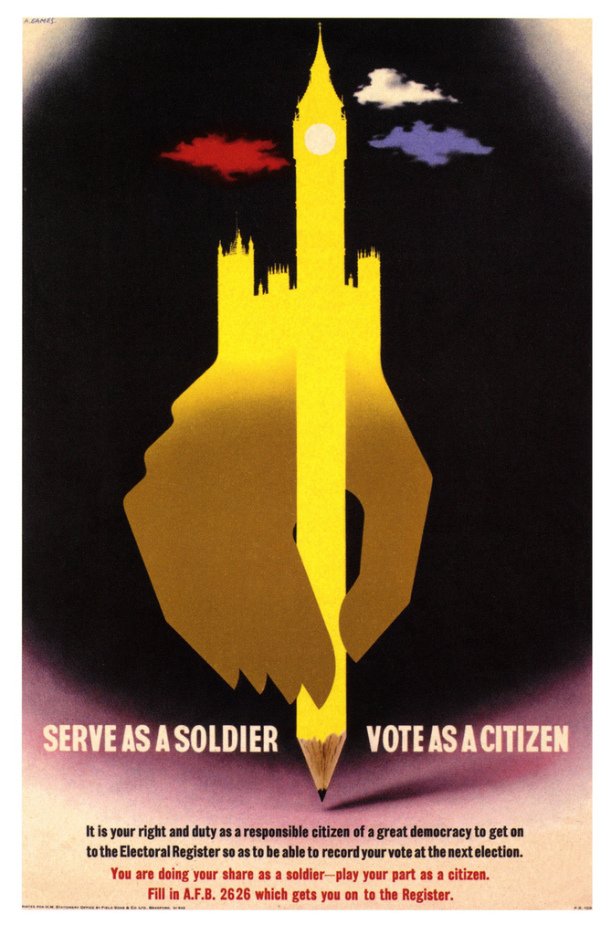
• • •
Missing some Tweet in this thread? You can try to
force a refresh
























